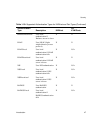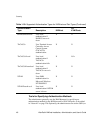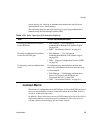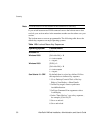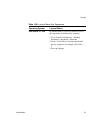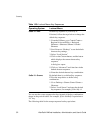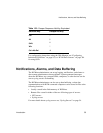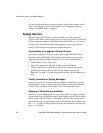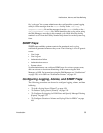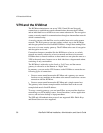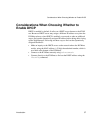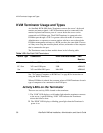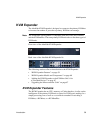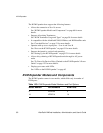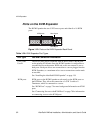Introduction 55
Notifications, Alarms, and Data Buffering
On “syslogger” the system administrator has configured the system logging
utility to write messages from the
local1 facility to the /var/log/
saopaulo-config
file and the messages from the local2 facility to the /
var/log/fremont-config
file. While identifying the syslog server using
the Web Manager, according to this example, you would select the facility
number Local 2 from the Facility Number drop-down list on the System Log
form.
SNMP Traps
SNMP traps enables system events to be monitored and a syslog
notification generated whenever they occur. The following is a list of generic
events.
• User Login
• User Log out
• Authentication failure
• Authentication success
• System reboot
System administrator can configure SNMP traps for various system events,
and can activate or deactivate monitoring of the events using the Web
Manager or OSD. For instructions using the Web Manager see “Notifications”
on page 258, or for OSD see “Notification Screens” on page 411.
Configuring Logging, Alarms, and SNMP Traps
The following procedures can be used to configure logging, alarms, and data
buffering.
• “To Add a Syslog Server [Wizard]” on page 158
• “To Delete a Syslog Server [Wizard]” on page 159
• “To Configure Syslogging for KVM Ports and Specify Message Filtering
[Expert]” on page 232
• “To Configure Creation of Alarms and Syslog Files for IPDUs” on page
168



